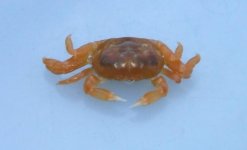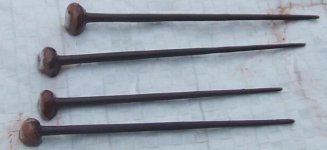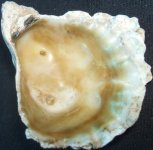SteveM
Well-known member
- Joined
- Jan 29, 2007
- Messages
- 1,928
Available in PDF format on Google Books is the following classic:
Page 4:
?Now it often happens that foreign substances such as sand grains,
microscopic organisms of various kinds, parasitic worms, crabs, or sometimes
even small fishes become introduced by accident or otherwise inside the
shell or into the tissues of the mollusc?s soft body.?
In any case, it's an historic volume for the electronic library.
Japanese Culture Pearls
A Successful Case of Science Applied in Aid of Nature
K. Mikimoto, 1907
A Successful Case of Science Applied in Aid of Nature
K. Mikimoto, 1907
Page 4:
?Now it often happens that foreign substances such as sand grains,
microscopic organisms of various kinds, parasitic worms, crabs, or sometimes
even small fishes become introduced by accident or otherwise inside the
shell or into the tissues of the mollusc?s soft body.?
In any case, it's an historic volume for the electronic library.





